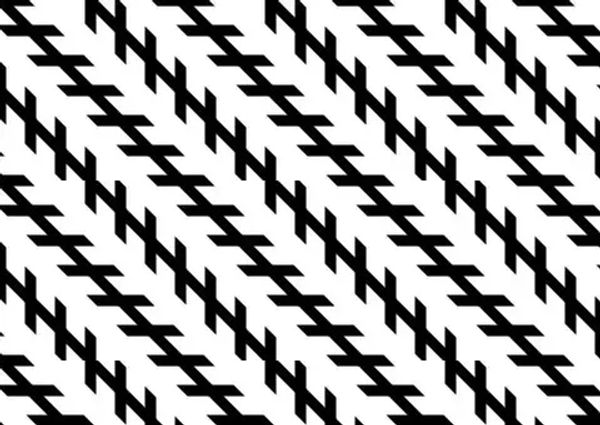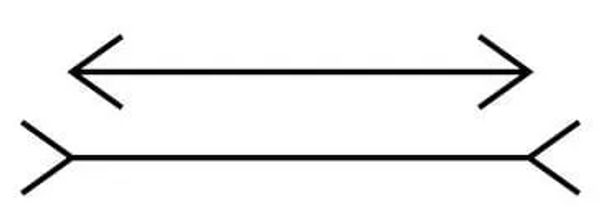Have you ever come across an image on social media that made you do a double-take? The challenge of interpreting images on platforms like Facebook and Instagram has intensified in recent times, leaving many people puzzled and intrigued. Let’s explore some captivating optical illusions that have been circulating online and learn how our brains process these intriguing images.
A Sight Test Worth Taking
One particular image that caught the attention of viewers is a photo captured from a helicopter by a talented photographer from Hangzhou, China. At first glance, it resembled colorful Lego pieces, confusing many. However, upon closer inspection, the photographer revealed the true nature of the image – dozens of retired buses stored within a secure facility. Perhaps you correctly deduced the subject, but like many, you may have initially fallen for the Lego illusion!

Exploring the Beauty of Hangzhou
The same photographer has also immortalized other captivating scenes within the region, showcasing the power of imagery to transport us to distant places. A stunning aerial view of Hangzhou National Park in Zhejiang Province captures the poetic symmetry of lush trees, captivating viewers with its natural beauty. In times of restricted travel and holiday cancellations, these images serve as a delightful reminder of the wonders that await us.

Longing for Travel Experiences
A whimsical post on social media caught the attention of many, featuring a boat and a mouthwatering cheesecake. This playful image prompted viewers to ponder their desires, highlighting the deep longing for travel experiences amidst current circumstances. The allure of exploration and the yearning for new adventures persist, as evidenced by the imaginative interpretation of images shared across social media platforms.

More Optical Illusions to Ponder Over
If optical illusions tickle your fancy, here are a few more fascinating ones to unravel:
The Hermann Grid Optical Illusion

In the Hermann Grid illusion, gray dots seem to appear at the center where lines intersect. However, when you focus directly on one dot, it mysteriously disappears or changes color. The exact reason behind this phenomenon is still under investigation. Scientists have proposed theories ranging from lateral inhibition, which involves the adjustment of cells in our eyes, to the S1 simple-cell theory, which suggests that specific cells in our brain’s visual center react to what we see.
The Zollner Optical Illusion

Some optical illusions, like the Zollner illusion, involve the background of a picture altering our perception of the image. The angles of shorter lines compared to longer ones can trick our brain into perceiving depth that isn’t there. The result? A mesmerizing illusion that can leave you feeling a bit dizzy!
The Muller-Lyer Optical Illusion

Here’s a classic illusion that confuses even the sharpest minds. Take a look at two lines. Which one appears longer to you? Surprisingly, both lines are actually the same length! The Muller-Lyer illusion challenges our brain’s ability to judge size and distance accurately. Clues such as the direction of line ends and the overall shape of the figure can influence our perception of line length.
These optical illusions not only captivate our attention but also offer valuable insights into how our brains make sense of the world around us. Scientists continue to study these perplexing phenomena, unraveling the complexities of human perception.
Next time you come across an intriguing image on social media, take a moment to appreciate the wonders of optical illusions and the remarkable capabilities of our minds.





